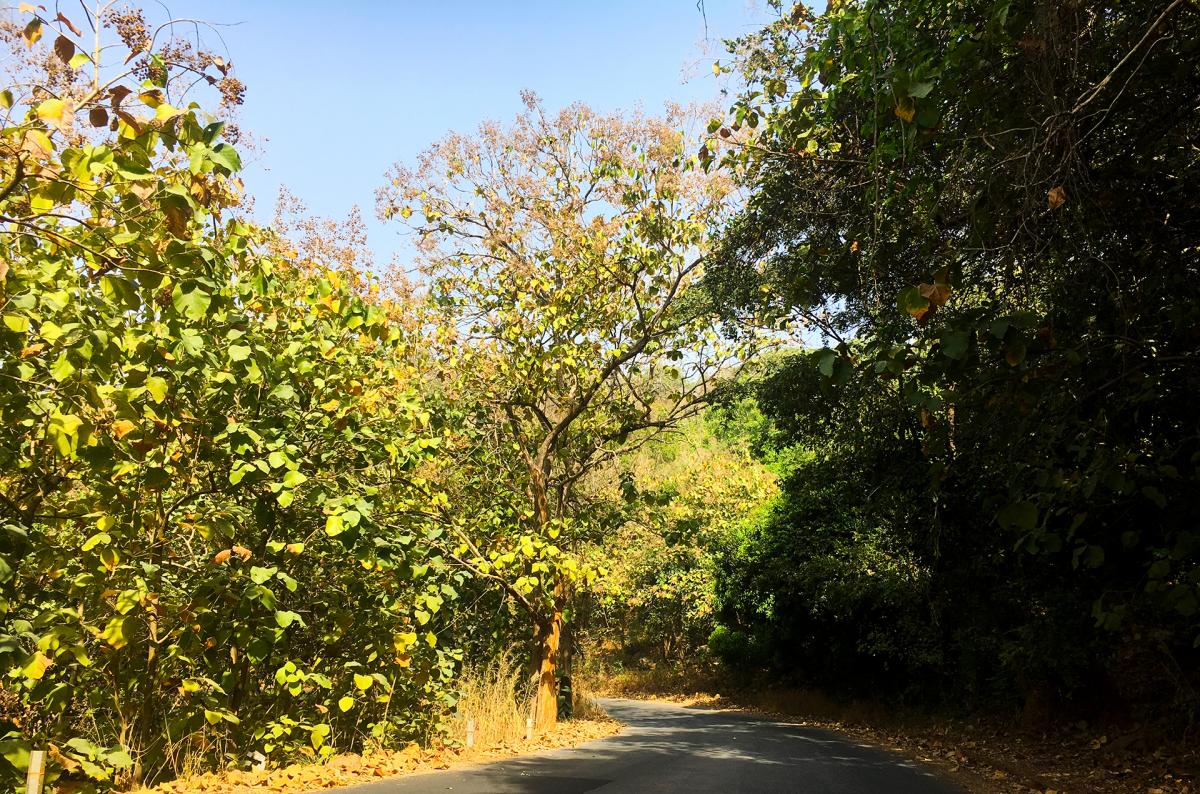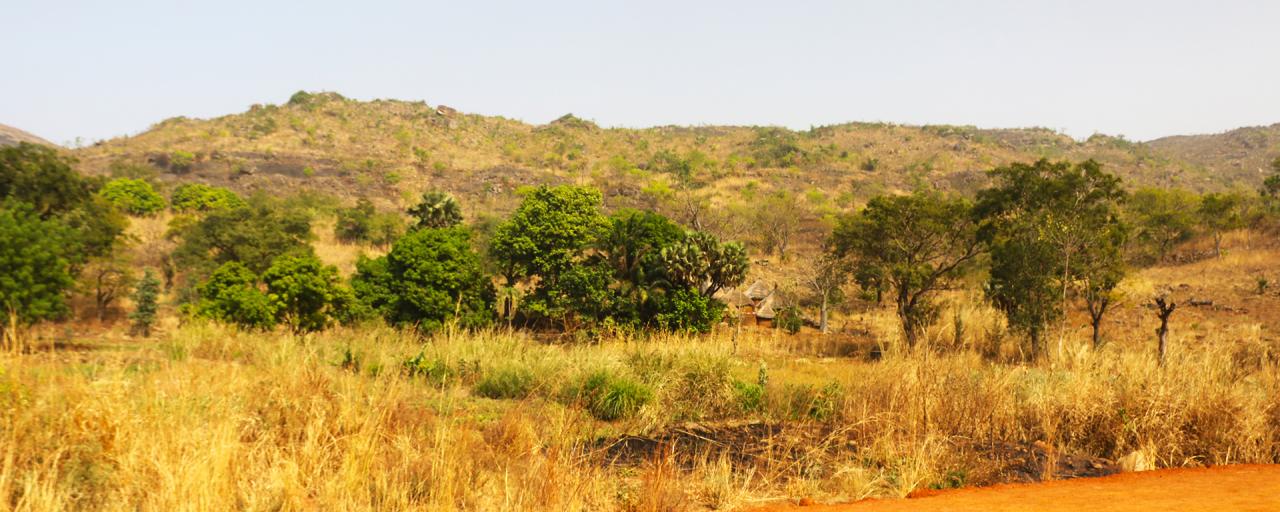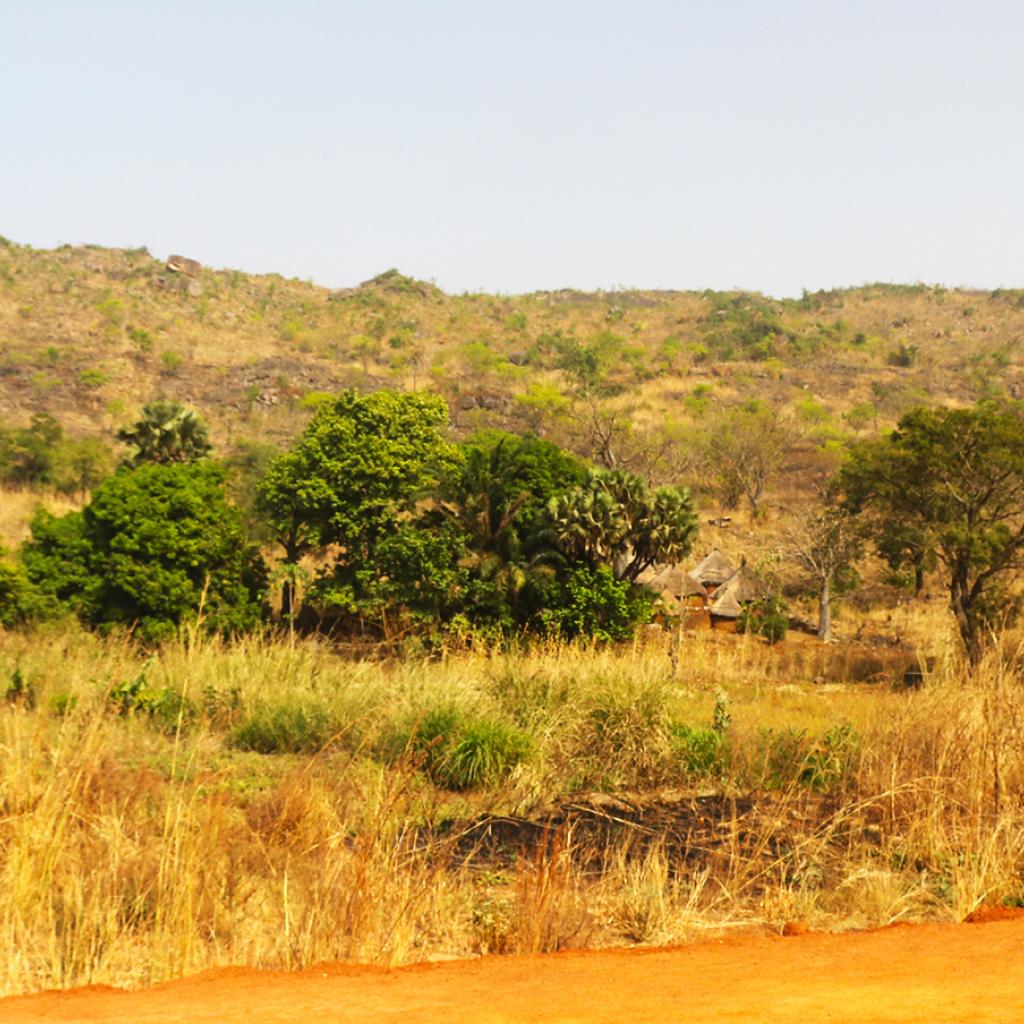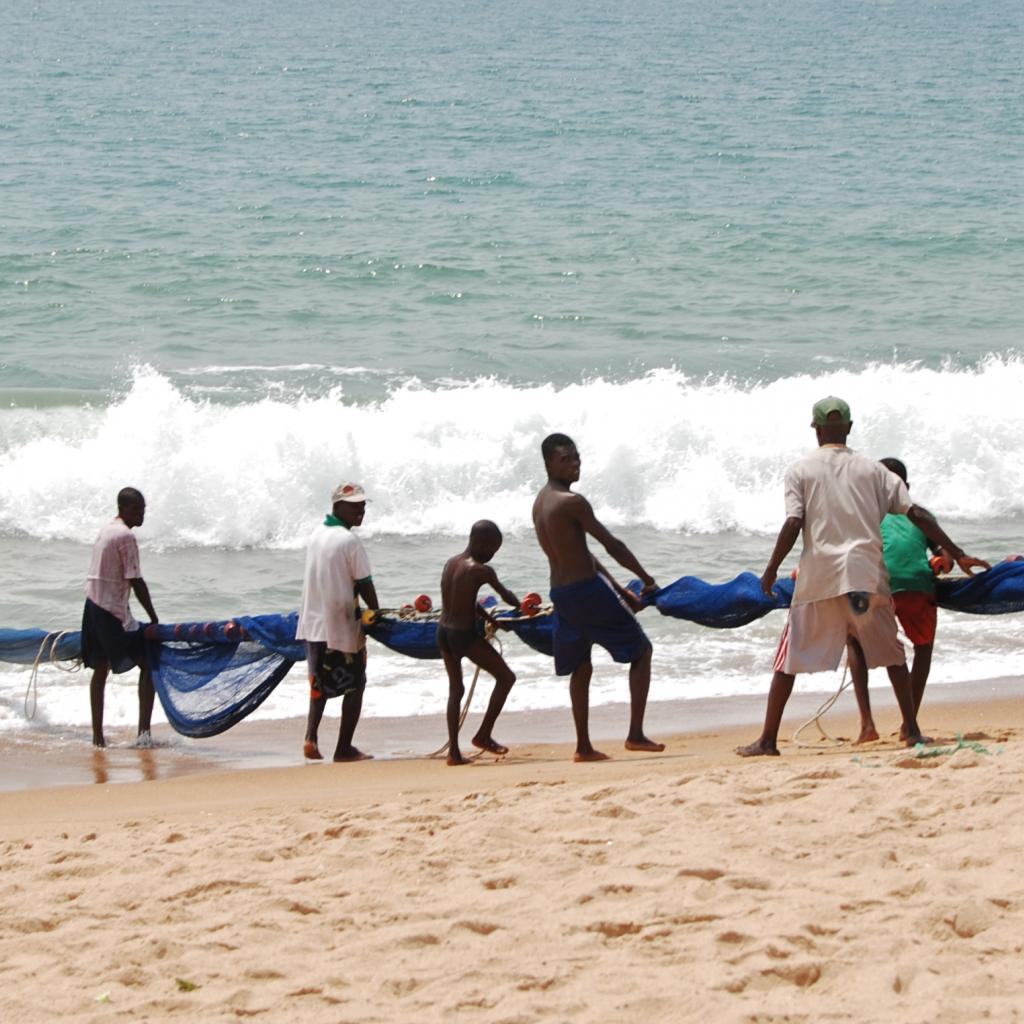The climate of Togo is typically tropical, although the Northernmost regions are characterized by a drier climate; here the vegetation is no longer tropical but the savannah predominates.
Togo has two seasons, a dry winter and a rainy summer, the latter being influenced by the African monsoon, that is present from April to October in the center of the country and from May to October in the North, while along the coast there is a decrease marked in the rains from July to September.
It can be said that the country can be divided into two distinct climatic regions.
Northern Togo is characterized by a rainy regime that is similar to the tropical Sudanese one, with a single rainy season that corresponds to the summer months, from May to September, and a dry season from October to April.
Southern Togo instead is characterized by a subequatorial regime, similar to that of the neighboring Benin, with two rainy seasons, in the months from March to June and from September to October, that coincide with the moments when the sun passes and passes back to the zenith; in the rest of the year, in the months of July to August and from November to February, two short dry seasons occur.
The rains are not very abundant on the coast, while they are more abundant in the internal mountainous areas, exceeding 1,000 mm in the central section and reaching 1,700 mm in the South-Western mountainous belt, more exposed to the humid winds coming from the Gulf of Guinea; they return to decline in the Northern flat area.
In the Center-North, winter, from November to March, is hot and dry, with high temperatures always above 30 degrees, with peaks that can reach 40 degrees; the nights can be cool, with temperatures that can go down to 10 degrees.
The most important and predominant wind in the whole sub-Saharan area, including Togo, is the harmattan, a wind that blows from North to South and comes from the Sahara Desert, bringing with it sand and dust; it is very important because it dampens the heat, lowering the degree of humidity of the air, a curiosity: it colors the sky with extravagant pink-purple hues.
From February to March the increase in temperatures coincides with the first rains, on average the rainfall reaches its peak between July and September, but not exceeding 200 mm, the equivalent of two storms of strong intensity.
The coast of Togo has a different climate from the rest of the country, the temperatures in fact remain constant throughout the year, Lomè, the capital, records temperatures constantly around 30 degrees Celsius.
The harmattan does not always reach the coast, with the result that the humidity is higher here than in the Central North part of the country, even if the sea breezes dampen the heat.
In the South of Togo, the rains fall in smaller quantities than in the North of the country and, particularly on the coast, the amount of rainfall is minimal.
The best time to visit Togo is from November to February, these are the driest and sunniest months; the period that should have avoided, because it is the period with most rainfall, is that which corresponds to the months of May and June on the coast, and from July to September in the inland areas.






